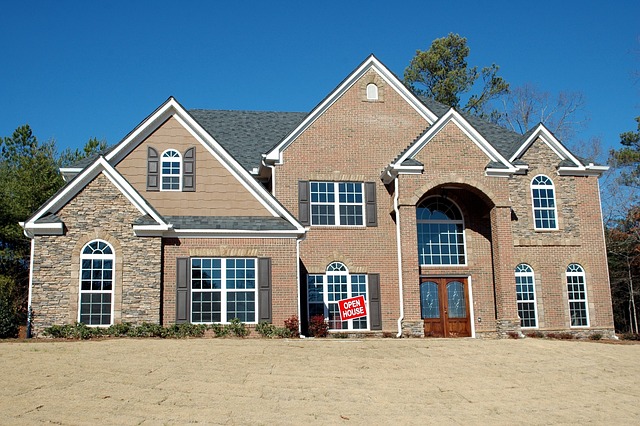Real estate investors must grasp rent dynamics influenced by supply/demand in high-demand areas with vibrant urban centers. Analyzing market conditions and historical trends aids in setting profitable yet competitive rental rates. Higher rents signal strong demand, robust economies, and potential for significant long-term returns on investments. Strategizing location, understanding local trends, upgrading properties, and careful tenant selection maximize rental income in today's competitive real estate market.
In today’s dynamic real estate landscape, understanding rent dynamics is crucial for investors aiming to maximize returns. This article delves into the intricate relationship between rental rates and investment profitability, offering insights that can help navigate the market effectively. From appreciating the factors influencing rent to adopting strategies for optimizing rental income, you’ll uncover valuable knowledge for navigating the potential upsides of higher rents.
Understanding Rent Dynamics in Real Estate

In the realm of real estate, rent dynamics are a complex web influenced by various economic and market forces. Understanding these dynamics is key to navigating both ends of the spectrum—both for landlords seeking optimal returns and tenants hoping to secure affordable housing. Rent levels are not static; they fluctuate based on supply and demand, with areas experiencing high demand often leading to increased rental rates. This is driven by factors such as location, amenities, property type, and local market trends. For instance, properties in vibrant, bustling cities or desirable neighborhoods may command higher rents due to the limited availability of housing options.
Real estate investors and landlords must stay abreast of these shifts to make informed decisions. Keeping a close eye on demographic changes, employment rates, and new development projects can provide valuable insights into potential rental market movements. By analyzing historical rent trends and comparing them with current market conditions, landlords can set competitive yet profitable rental rates. This dynamic approach ensures that properties remain attractive to tenants while maximizing returns for investors in an ever-evolving real estate landscape.
The Relationship Between Rent and Returns

In real estate, a fundamental relationship exists between rent levels and investment returns. Generally, areas with higher rental rates often indicate strong market demand, robust economies, and vibrant urban centers. These factors contribute to increased property values and potential for significant returns on investments over time.
Investing in real estate that commands premium rents can be a strategic move. It suggests a high level of desirability among tenants, which may lead to consistent occupancy rates. This consistency translates into steady cash flow for investors, a crucial aspect in generating substantial returns. Moreover, the competitive rental market in desirable locations often results in higher capital appreciation, providing additional financial gain when properties are sold.
Strategies for Maximizing Rental Income

In the competitive real estate market, maximizing rental income is a key strategy for investors aiming to achieve higher returns. One effective approach is to focus on location; choosing properties in high-demand areas can significantly impact rent levels. Market research and understanding local trends are essential tools to identify up-and-coming neighborhoods with potential for increased occupancy and higher rents.
Additionally, optimizing the property itself can attract tenants willing to pay a premium. This includes regular upgrades, such as modern appliances, improved lighting, and efficient HVAC systems, which enhance livability and appeal to a broader range of renters. Strategizing tenant selection processes is also vital; thorough screening ensures responsible tenancy, reduces turnover rates, and allows for fair but competitive pricing.






